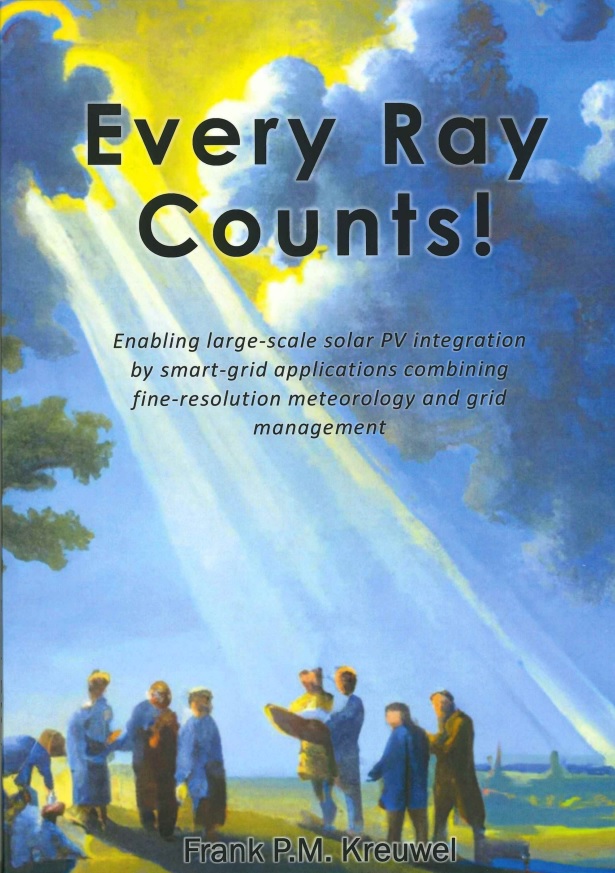The ever-growing number of solar panels is causing congestion on the electricity grid. PhD candidate Franbk Kreuwel developed a programme that predicts gridlocks. Timely intervention in the supply can prevent issues.
When more energy is produced than used, issues may occur in the electricity network. In the sunny season (spring and summer), these issues occur most frequently, surprisingly, on Sundays, says Kreuwel. ‘We did not expect that. People are at home on weekends, so you would expect an increase in electricity usage compared to weekdays.’
Working from home
Fault reports show the opposite. ‘It could be a covid effect’, Kreuwel says. ‘Working from home may reduce the issues, as working from home increases energy usage, except on weekends.’ Grid managers are trying to solve the problems by installing additional infrastructure, but that is insufficient, says Kreuwel, who works for Liander.

To prevent issues from occurring, the existing infrastructure must be put to smarter use, according to Kreuwel. By identifying bottlenecks ahead of time, measures can be taken to prevent issues from occurring. The programme developed by Kreuwel predicts, within a minute’s accuracy, how much sun there will be and, thus, how much solar energy is produced. No mean feat since the best weather models predict the weather per hour.
Energy surges
‘The models state, for example, that the skies are 80 per cent clear between eleven and twelve’, Kreuwel explains. ‘However, that reveals nothing about when the sun is shining during that hour.’ Nor does it reveal how great the surges of generated power on the grid will be. Moreover, these surges depend on the presence of clouds. With clouds, the surges may be as much as 22 per cent higher than if the skies are entirely clear.
The cloud effect was discovered by Wageningen meteorologists several years ago. Under cloudy circumstances, indirect and direct sunlight hits solar panels. That additional light can cause extra high power surges under specific weather conditions. A positive effect on the yield of solar panels, which, however, creates difficulties for the grid manager, who has to work around these surges. Hence, Kreuwel’s dissertation bears the telling title Every Ray Counts.
If a bottleneck was expected, we dialled back the production of a nearby wind park
Frank Kreuwel, researcher Liander
Kreuwel used a trick to achieve predictions that are accurate to the minute. He taught a computer to identify the relationship between the weather forecast per hour and the matching radiation intensity per minute. The latter data was provided by the KNMI. ‘The weather forecast per hour is this adjusted to provide an estimate of the solar radiation per minute within that hour.’
Bottleneck
This method is successful. Not just in theory but in practice too, as is demonstrated by an experiment in Hallum. Kreuwel: ‘There, we used my model to predict whether issues were expected for the next day, during a full year. If a bottleneck was expected, we dialled back the production of a nearby wind park. Previously, such a park would have been denied, but now it was hooked up to the grid on all but a few days per year. And, those days were known in advance.’
According to Kreuwel, the method is now applied in more places within the Netherlands, which does not mean the system is perfect. A model is always as good as the data with which it is fed. ‘Half of the errors result from incorrect weather forecasts. And even the best weather models are frequently wrong. Solar radiation is difficult to predict.’

 Photo Shutterstock
Photo Shutterstock 

